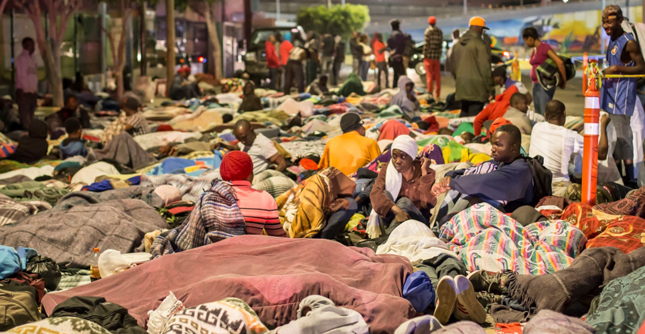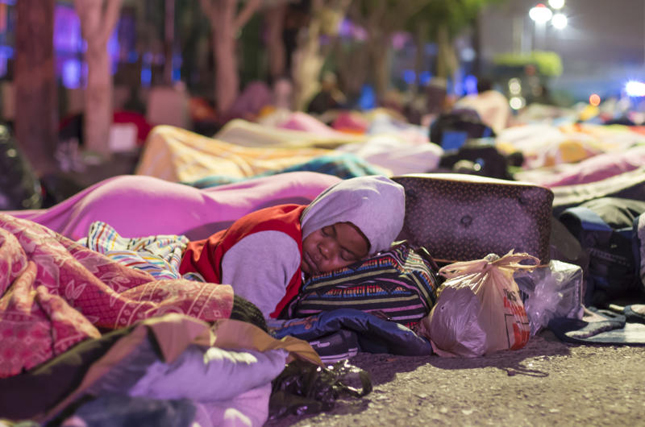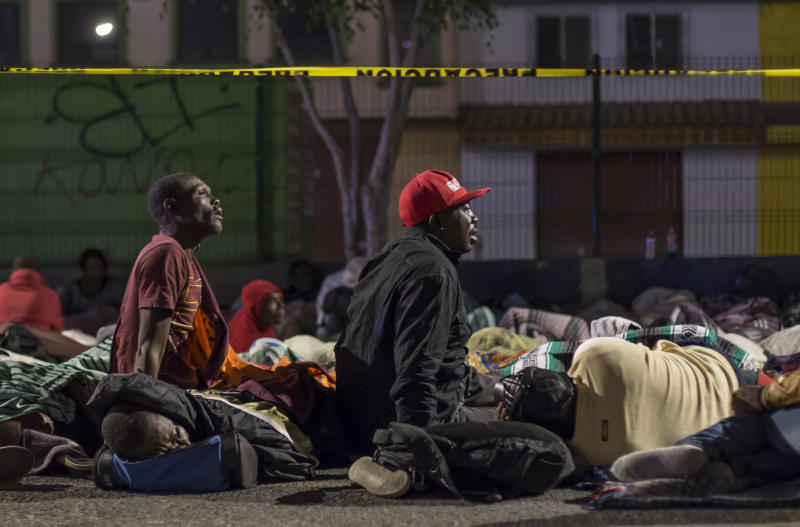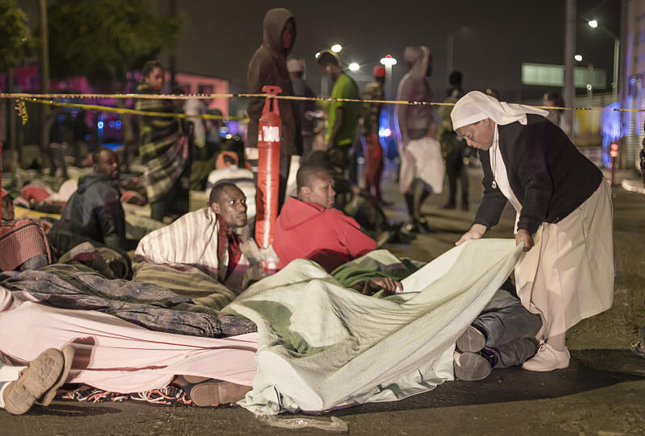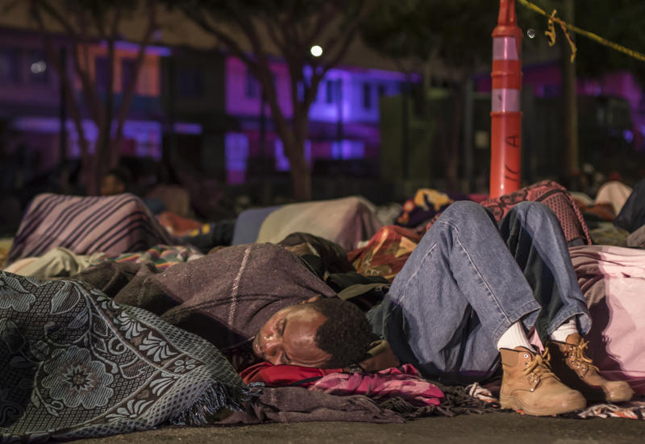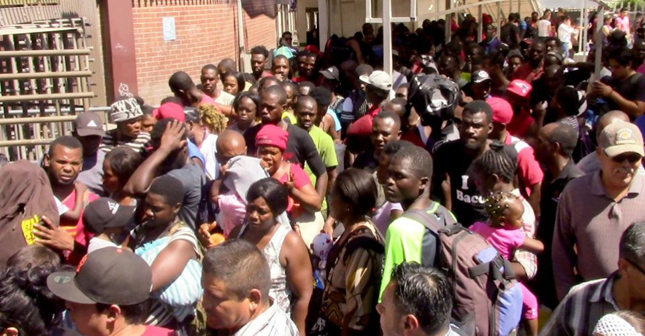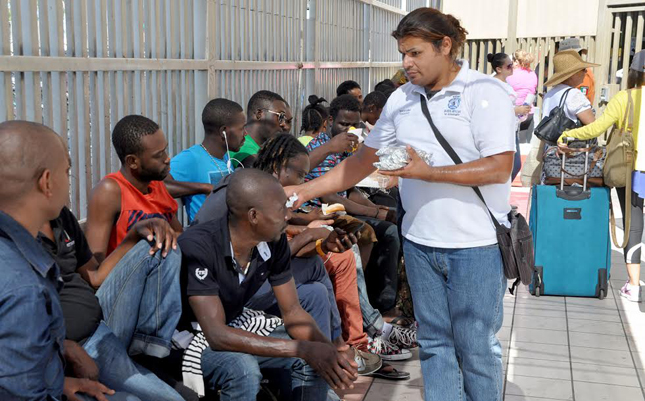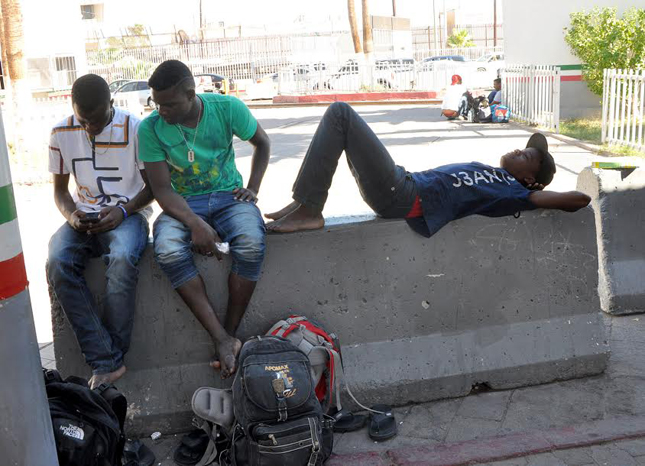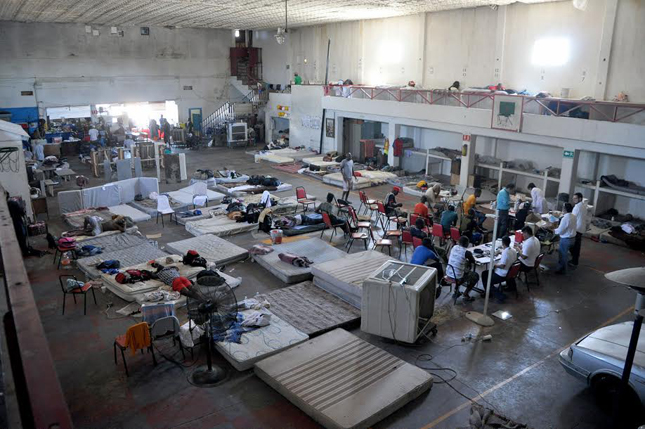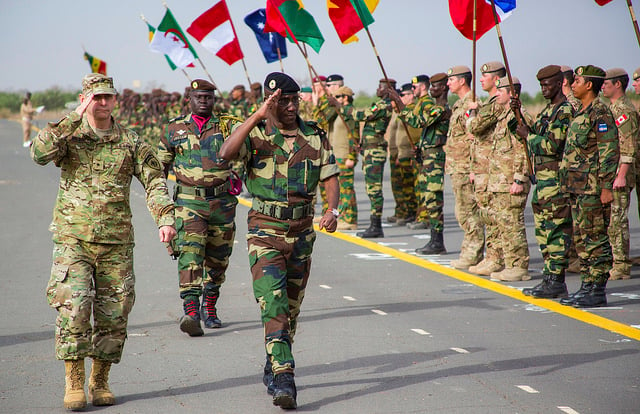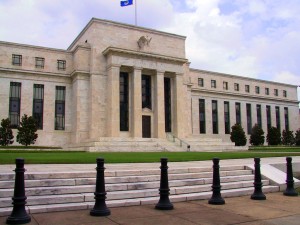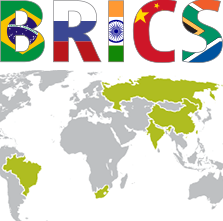The enemy in one form or another drives the US – the gun culture on the streets, the rich behind weapon-guarded enclaves, the pervasive violence entertainments of good vs. evil killers, the never-ending destabilizations of societies not submitting to US military and corporate globalization, and the hundreds of billions of public dollars pouring into continuous armed threats and wars.
The US capital-E Enemy is whatever exists in the world that stands against the ‘full spectrum dominance’ of the US in the world – the bi-partisan objective made explicit in the iconic Project for a New American Century.
But incoming President Trump has gone to the other side, and so becomes the enemy to the establishment. He has rejected globalizing “free trade deals” led by NAFTA as “disastrous”, saying to Canada, “congratulations, you now have your independence” (an idea that terrifies the branch-plant CEO’s and their politicos and media now in power).
He has consistently intimated an “obsolete” NATO, the global military front of the US empire marching East through Ukraine to Russia’s borders (which are now standing against the next US-led looting of the greatest natural resource treasures of the world). In the backdrop lies official Canada morphed into a new Minister of Foreign Affairs, Chrystia Freeland of Ukrainian descent, who like the US supports the 2015 neo-Nazi-led coup against Ukraine’s elected government to force US-EU access to the breadbasket of Eurasia and new fossil-fuel riches formerly prohibited from fracking – all of this publicly unspeakable fact in Canada and US corporate media today.
Trump’s Russia connection has put him on the enemy side again, although the reasons why will never be made public in the official cultures of the corporate media and NATO states.
In the last days before his inauguration, Trump has not buckled fought back hard on the truly fake news backed by the CIA-led spy apparatus of ‘US intelligence’ and by his enemies in power. We read only of how ‘reckless’ and ‘irresponsible’ Trump is for ‘insulting the intelligence community’: in fact the lead agents of the US dark state long implicated in every state-terrorist interference with democratic process across the world, including the assassination of JFK.
In the last days before his entry into the White House, this CIA-CNN-McCain-led set-up of Trump has induced a feeding frenzy of the media to de-legitimate him – now all but declared guilty of treason as well as dupery by Putin and sexual perversion, any of which is usually fatal to a US politician.
In historical perspective, all that the ‘intelligence community’ did to boost the Bush Jr. presidency and its 9-11 foreign wars and war crimes is put into reverse on Trump. If we know a man by his enemies, Trump is deeply honored by attacks from every quarter of the US Money-Enemy-War Establishment.
But President-to-be Trump goes further against the US dark state by implicitly denouncing the US-made wars in the Middle East and Central Asia as bankrupting America as well as ruinously invading other societies on false pretexts – as many US libertarians have done for years. In the White House, this long-overdue rationality will be welcomed by everyone who is not part of America’s war machine at the head of destroying the planet. It is the biggest point source of all ecocides and pollutions as well as of society destructions. This is a home truth which neither Trump nor anyone else in US power seems to have comprehended.
Yet what most triggers the enemy structure of US identity into fuming rage is Trump’s refusal to assume that Putin and Russia are the Enemy of US. Trump’s skepticism on NATO, foreign wars and the CIA is now compounded into perceptions of treasonous Manchurian Candidate projections. It is an interesting spectacle of US group-mind in official stories and media of record– including junior counterparts in Canada and the EU. The US group-mind is militantly blocked against facts and reason wherever the Enemy is concerned.
Above all, the US-Enemy group-mind is governed by an inner logic of reverse projections. It projects onto the designated Enemy what the US is doing itself as the justification for warring against it.
Russia and Putin are a perfect example. Every malevolence of lies, forced expansion into other societies, and pretexts for more aggression and territory under US control is projected onto Putin. There is no hard evidence from which these accusations follow, but there is also no reasoning with the US-Enemy syntax of the capitalist group-mind. Reverse projections become the perpetual justification of war against the designated US hate-object.
We have seen it over and over again. US demonization of foreign individuals is repeatedly the pretext for wars against whole societies: while in fact the mass-murderous aggression and acquisition of new powers and treasure are by the US dark state. Trump has called this system into question at a libertarian level.
Ending Attack of Russia as War-State Compulsion
Behind the ad hominem hate of Putin lies independent Russia. It has been a target of militarized expansion of the West since Napoleon and Hitler. Nonetheless few notice the staggering hypocrisy of accusing Russia of “interfering in elections” with no proof, and no question of the truth of the document itself. We see here the paranoid nature of this group-mind morality. It sees no facts, but only an “attack on US democracy”: while in truth the US itself has never stopped interfering in others’ elections, including Russia and Ukraine’s.
Governing all the instituted criminal networks and armed special forces at work across borders in and out of elections is this degenerate framework of value attribution and meaning.
For the most civil examples of its operations, the US National Endowment for Democracy and, in private connection, multi-billionaire money speculator George Soros, generate well-paid ‘NGO’s” in other countries to destabilize any deviating society. Its is an a-priori enemy of “democracy and freedom”.
Yet President-to-be Trump and Russia’s President Putin are oligarch nationalists, not war mongers like previous US presidents and candidates. This is shown by Trump and Putin bridging across the Enemy driver of the cold and proxy wars now in motion.
The reverse projections of ad hominem hate have been so far deleted. This the US money-war establishment cannot bear. It undermines the whole global system of US-led terror and treasure across all borders. Trump and Putin have implicitly agreed that these wars are disastrous for both America and Russia.
Behind the Freedom Fighters and Terrorists Lies the Money-War Party
Breaking the continuous US destabilizations and wars is treason to those who profit big from them. Ever more tens of billions of public money go to Wall Street, weapons manufacturers, war-service corporation like Cheney’s and Bush’s,. Who in US power is not implicated?.
Keeping this foundational question out of the public agenda is the unseen censorship syntax of America’s official culture.
An example of the power of the Enemy-US war driver is that even the first US President to win a Nobel Peace Prize ends up cheerfully approving serial mass murders of the designated Enemy – ‘Islamic terrorists’ including children, every Tuesday of the week.
This is also good business promotion. The eponymous drones now built by military-industrial corporations get mass advertised as very precise and profitable commodities about to fill auditory fields with their mass-marketing production already out of control. The ‘Free World’ has many ecocidal expressions.
Yet with the endless terrorist outfits designated as the US Enemy to justify the weekly bombing of families – from al-Qaeda to ISIS and from Afghanistan to Syria and Libya – the evidence consistently shows that the CIA (and related Saudi, Turkey and other secret agents) have been responsible for their financing, recruiting, arming, and training. But the morphing names of jihadi forces are effective masks for concealing their sponsors.
Recall here the vivid images of Reagan’s “freedom fighters” (including bin Laden) in Afghanistan against the USSR (‘al-Qaeda’s’ launching pad) at the same time as the US drug-funded Nicaraguan ‘Contras’ were specializing in destroying hospitals, schools and peasant communities in Nicaragua.
Recall too the very sudden appearance of the new ‘ISIS/Islamic State’ in a daylight desert parade to the horizons waving machine guns in new Toyota trucks – all with no intervention and impunity not far from Israel’s borders and in full sight of US aerial reconnaissance.
Yet throwing spanner into the works of the privately profitable Enemy-US war system haemorrhaging public money and privilege around the clock to its leaders is President-to-be Trump, the rogue elephant none in the establishment believed could win.
He is a dangerous man to the money-war state. He does not hate Putin as required for the US- Enemy driver. He does not get lobbied by the manifold big money corporations profiting from endless war and war preparations. And he very publicly and rightly opposes foreign wars on false pretexts plunging the US people and Treasury into a great dark hole. This is ultimately why there is an increasingly shrill establishment war on him as a “threat to US security” and implicit collaborator with the Enemy.
On the other hand, if President Trump goes along with the weekly Obama-style drone murders and war-crimes, and the ongoing Israel war crimes as by far the longest in history, he may fit better with the US-Enemy war culture he is about to lead.
Trump however has signaled that he will end the legally questionable embargos on Russia. For this, the CIA, FBI and DIA are coming out along with Senate war-mongers like McCain against Putin, Russia and Trump together. Everything they have pulled in the days before his succession is an effort to blow up Trump’s Russia connection. Even a honey-pot hoax has been hatched within the security community and forwarded to the media to nail Trump in the way they have done before with others.
Yet again, the enemies of Trump show that his position in making peace with Russia and getting the US war-state under control is for real. Trump would not be taken so seriously by the in-office war party if this were not true.
Trump’s repudiation of foreign-war “disasters” should mean a change of US direction into Armageddon. Combined with his move to stop the transnational corporate stripping of US jobs, the Trump turn may be the most effective resistance to the corporate globalization establishment since 1950. That the dominant media hate Putin and Trump at once is predictable. This is the Russia connection that simmers back to McCarthyism.
The Inner Logic of Enemy Construction
Putin is a supreme object of non-stop abuse because his actions stand for an independent Russia which has stopped the march of NATO East in East Ukraine and Crimea. Although both have been long integrated with Russia, the US-Enemy mind frame screens out all facts not consistent with its presuppositions.
Combine Putin with Trump, and the conflagration of outrage explodes. Little recognised, it comes from all points of the non-productive transnational corporate system, and not from those who make things of life use. It is predictably full of hate.
In general, the Enemy designation to justify war on every level can be crystallized into the following lock-steps of operant conditioning across classes. Every step is a non-sequitur assumption or inference. Together they build to all-fronts war against the designated Enemy. .
The auto-pilot succession of (1) to (10) goes on as automatically like a Pavlovian reflex, but in more steps. Its meta program applies not only to the US. It explains how to identify the Enemy-War derangement across space and time. .
(1) The Enemy is any group or leader designated to be so (e.g., Russia, Putin).
(2) The Enemy is evil a-priori.
(3) Evidence to support this conclusion is not logically or scientifically demonstrated.
(4) Invariantly one-sided denunciations of the Enemy govern media and government statements.
(5) No counter-evidence or argument against (1) to (4) is normally allowed on the public stage
(6) Criminal and armed activities towards destabilizing the Enemy and its surrounding world are always blamed on it instead (the reverse projection operation).
(7) All is justified in one underlying form: here the ‘Free World’ against its Enemy.
(8) Attacking the Enemy includes non-stop hate propaganda, military-war preparations, encirclement, economic embargo, and bombing if the Enemy cannot bomb back.
(9) The designated Enemy of the US is always a leader, state or movement which is developing public infrastructures and standing against transnational corporate control, privatization and financialization (as with every society invaded by the US since 1945).
(10) Anyone or body effectively resisting (1) to (9) may be attacked or murdered in ‘plausibly deniable’ scenarios.
The War-Enemy Structure Built into American Culture
We can see the Enemy-and-War structure built into America’s identity by the US national anthem itself.It hymns a war song of “the rocket’s red glare and bombs bursting in air” It climaxes with “the blood [of the enemy] has wash’d out their foul footstep’s pollution” which “prove” the meaning of “her flag’.
But where is this inner logic of the US war state decoded?
In lucid-dream read, America the Good bombs and rockets the Enemy which is inherently Evil, both true by definition. The blood of the designated Evil Enemy must flow to cleanse the world of it. Rockets and bombs prove the flag and its meaning to exterminate the Enemy of the US with no moral criterion but this designation. .
Illustration of the war hymn’s binding of the American people is not hard to find. Any elite athlete who does not put his hand on his heart to seal the meaning may be pilloried and ruined (as happened to Afro-American men with bowed heads and fists of solidarity with the oppressed in the 1968 Olympics). Before that, the most all-round achiever in American history – world renowned in sport, in law, in singing, in acting, in African linguistics – Paul Robson – was denied his freedom to leave and persecuted to death after he declined to declare the Soviet Union as evil.
The circumstances reveal the absolute command of the Enemy construction by which Robson and countless other distinguished Americans were ruined. This all happened after Russia’s winning the war in Europe against the Nazis at the cost of 26 million lives, while known very rich Americans helped to build and weaponize Hitler’s war state, and never punished for it.
In contrast, the allies Soviet Union was declared the Enemy right after Roosevelt’s death. His chosen ‘peace- president’ successor was falsely accused as a ‘communist’. The world had been at last in peace after Nazi surrender, but not the pro-Nazi American backers at the top of the money-war party led by David Rockefeller since. His prodigy Leo Strauss and Henry Kissinger have provided the rationales. US covert agents have ever since been seeking to destroy Russia in any form of sovereign economic independence and strategic power, and succeeded till Putin.
The surprising fact is the total contradiction between the a-priori US assumption that it has a right to have its propaganda and agents at work over any borders up to Russia and beyond, but an equally fixed a-priori assumption that no other country has any right to circulate even true information about US politics within it.
This is clear not only from the accusations against Russia’s interference in the election of Trump as US President, but from public debates from 1991 on within the US. They argue whether or not and how many US troops should stay in Iraq after eco-genocidal bombing of its public life infrastructures,. Or whether to bomb Syria again to give a message to Putin not to eliminate US assets there.
On the other hand, an extended and still raging denunciation of Russia’s alleged “aggression against the US” and “interference in US elections” for Russia accessing, without proof and imputed to Putin, a DNC e-mail whose truth no-one questions. How can there be such extremist imbalance of moral and rational understanding which so completely erases others’ human rights up to war on their society’s very life bases and children, while absolutizing the rights of US and ally bombers to do all of this, and debate only whether it will work if they go on doing it.
The US national anthem itself expresses the chosen-people’s right to kill others with no basis except that it is US doing it. The open logical spaces of this war hymn can include any nation or force as Enemy against it. The lines generically prescribe rocketing the Enemy to shed its blood. The compulsory song for all citizens to sing indicates no fault of the Enemy except being so designated.
No benefit for anyone is indicated but that “the US flag is still there”.
Yet everyone in the US must put his hand over his heart when the anthem is sung before any public event: most fiercely before the sabbath NFL Games in which the largest, fastest and most powerful violence of body against body collide with each other n accordance with detailed war-room plans. ‘The long bomb’, ‘sacking’ and ‘slashing up the center’ are favorite operations of the stadium-war spectacle. On Superbowl days of the Superpower’s favorite entertainment, army jets scream overhead to give US military signature to the meaning.
The Chosen People
In the world political context of today, the war party of the US includes all the media of record, all politicians not being condemned, and most people in allied states. The cheerleading of the now declared ‘new Cold War’ being created by “Putin’s attack on America’s election” is heard on every mainstream media days before the Trump Inauguration – for, allegedly, finding and distributing true information of the DNC establishment’s own subversion of the election of its presidential candidate.
If we read back to the first ‘chosen people’, which US ‘exceptionalism’ carries on, with “God’s blessing America’ for all its wars, we find an unmistakeable through-line of meaning: the Enemy structure of identity justifies eco-genocidal wars as Good against Evil and as led by God.
We find too that nothing of the society attacked is left behind, and this too as God’s will. We see too that the US in either form controls vast new territory and power with no limit on the annihilation of others’ communities, children and natural environments.
When we turn to the normative cornerstone of Western civilization, we find that total destruction of men, women and chidren and systems of life support is specifically commanded by the Almighty of Judaic-Christian tradition. Thus to His voice is attributed the still believed intention to “take “the whole land of Canaan to own in perpetuity” (Genesis 17:21) and, in, explicit prohibition of any “pact with them” to “exterminate” all of the inhabitants, “Amorites, Hittite, Perizzites, Cannanites Hivites and Jebusite” (Exodus 23:24) (Understanding War, Science for Peace, 1989)
But the guiding thread of meaning is assumed without being seen. The Enemy society is constructed as the hate object to mass-kill and erase from the world.
One way or another, the eco-genocidal right continues on in modified form. A lead individual is demonized by corporate states and media to justify attack on entire societies’ shared life support systems. No collective psychopathology is penetrated. No eco-genocide is allowed to be seen even as n a word.
US Freedom of War against the Other as Supreme Value
Freedom in America means to liberate the individual to follow his self-maximizing purpose as freedom and happiness. Ronald Reagan interpreted this as the “freedom to get rich”. All US enemies and wars since 1945 have been launched against those opposing the implementation of this ultimate value. The ultimate Good of the US and the Enemy as Evil to be rid of are two sides of one ultimate moral program. It is universal, overriding and obligatory to follow.
The US and its Enemy thus define each other. The US is born in war on this basis. Britain’s 1763 Royal Proclamation prohibits any settler actions to “molest” and “disturb” the first peoples West from the Appalachians.
It also rejects any “pretexts whatever” or ‘fraudulent purchase” in “all the lands” that the first nations inhabit and from which the colonists “must forthwith remove themselves” .
Very rarely is this ground of the US Revolution recognised. Yet US history follows in many such takings or invasions of other societies’ lands under false pretexts ever since.
For example, it is seen as a “clear and present danger” to the US war state for any organized community to change the private-money rules of the game. It could be in the US ‘backyard’ of Latin America, or reach all the way to the Philippines, Korea, Vietnam and Afghanistan.
Other nations across in general are threatened and warred upon by the US dark state in many ways, and all work to take or destroy their natural and built resources (as with Iraq and Libya’s oil and gold, and now Ukraine’s and even Russia’s).
Throughout, US identity lies in its own system of private capitalist market exchange and profit, and the Enemy is opposition to global expansion of it everywhere.
Ever greater extremes of rich-over-poor and loot-the-planet and public purse do not lead to any change that stops them, including the Trump agenda.
From US Independence against First Nations’ Rights, the US is ordered by money value, private property and profit in everything that can be so extracted, priced and sold. There is no collective right that limits, redirects or cancels this right by obligation to the life commons of all.
All ‘free trade’ treaty commands of ‘globalization’ since 1988 spell out this logic of value in volumes of detail in which only private transnational corporate rights exist. All ‘Cold War’ actions before them have been to enforce this privatization-for-profit system.
“There is no alternative”.
All US armed-force interventions and pervasive media propaganda against other regimes follow this inner logic one way or another. That it has proven to be eco-genocidal in effects does not stop the wars and treaties for further globalization of it. The Trump presidency may steer it back to home lands.
Thinking through Putin
As soon as Vladmir Putin rose to lead Russia from hollowed-out basket case to geopolitical independence, he was a marked man. His repudiation and pursuit of the oligarch crooks who parked their privatized oil fortunes outside Russia were glorified as oppressed fighters for freedom and their double agent killed was a martyr.
More impressively, social programs like pensions have been instituted again for the looted people, and the fanatic jihadi aggressors financed and directed from abroad since the late 1980’s in Afghanistan to Syria have been bombed back.
Putin and Russia, once poodled, thus became the Enemy again. Putin even although an anti–communist was incarnate evil, a KGB agent still, a brutal dictator, a murderer with no evidence in front of the Kremlin, and so on. The US money and war party has gone on auto-repeat of US killing as Good and Putin/Russia as Evil .
“The Russians are coming, the Russians are coming” was into the ruling group-mind even as NATO forces rolled through the former USSR up to Russia’s borders calling it the world’s major aggressor as The US-led West positioned armies, tanks and missiles on its doorstep.
 It is not unlike the Nazis going through Poland and the Ukraine to ‘save lives’ before killing 26 million Russian people and destroying its life infrastructures, – the litmus test again of who is right and wrong. .
It is not unlike the Nazis going through Poland and the Ukraine to ‘save lives’ before killing 26 million Russian people and destroying its life infrastructures, – the litmus test again of who is right and wrong. .
The US-orchestration of the sniper-murderous coup of Ukraine’s elected government in 2013 was enforced on the ground by neo-Nazis still glorifying Ukraine’s Nazi collaborators, and calling for “extermination of the Russians” with US-supported leaders at the front.
‘Ethnic cleansing’ attacks on Russia speakers went into high gear. The US and Canada silenced any attempt to recognise the neo-Nazi threat, far worse than anything in Western Europe where it is properly denounced. Schizoid morality rules.
“Communists” in Ukraine were and remain still the enemy to be slaughtered and forbidden to stand for election or speak. The full pogrom was in process until the majority of Russian-speaking citizens in East Ukraine rose up against the mass-murderous coup state which Canada’s envoy and local MP’s refuse to discuss. As always, the narrative of the US “leader of Free World” justifies all.
Reverse Projections Rule the Great Game of Aggression
The established reverse operation of blame on the designated Enemy has ruled since. Putin has been since slandered in foaming at the mouth attacks led by the US-led media and NATO without evident exception of intelligence or human care.
Fake news media of the West – to reverse another reverse projection – have not reported that Putin stopped the Dombass region and its mainly Russian-speaking people from joining Russia as they polled strongly in favor. No evidence has ever appeared in public that the industrialized region’s revolt has been by Russian armaments rather than those captured from the US-led coup state. The US-directed military bombing of villages and urban centers in the Eastern region have gone on daily with no US-led diplomats or media of record reporting it.
In the post-truth era, facts make no difference. Only accusations of the Enemy frame the old story line. Putin was stripped of legitimacy in all the Western media (despite 87% population approval by independent polls). Russia has been ever more US-embargoed against UN law to cause recession (but no loss of support from Russian voters glad to have their leadership off its knees);. Putin has been ever more threatened by NATO command and armed forces advancing into Russia’s heartland.
But always in accord with the reverse projection operation, Russia and Putin are accused of what the US-led armed forces have been themselves doing many thousands of miles from the US and right on Russia’s Western borders on all sides.
As ever, the Evil of the Enemy of US justifies war on it on all levels available for private transnational corporate-profit globalization, here at the door of the world’s greatest natural resource basin.
This is why so much space is dedicated in the mainstream media to accusing Putin and Russia with little or no evidence, but only repetition. The designated Enemy is Evil prior to fact.
We see by attention to undisputed historical facts that the legitimacy of Russia’s former Ukraine long desired by the West as a ‘sovereign state’ with ‘sacred borders’ defended by ‘patriots’ and ‘the Free World’ is not what it seems. It is all part of the US versus Evil Enemy construction to pry open more national resources to raid. Putin and Trump may as nationalist leaders agree.
In truth the democratically elected Ukraine government has been usurped into a violent-coup state won by storm-trooper leaders adoring Nazi regalia, all of this orchestrated by the US and supported by Canada even against UN resolution to outlaw the Nazi symbols, memorials and statues now springing up everywhere the coupsters can manage in the corrupt new state.
Yet even now US Democrat and Canada Liberal regimes enthuse in “liberating Ukraine” from the “Putin-Russia bully” in perfect reverse projection, with Canada just changing its Minister of Foreign Affairs to carry out the big lie with “all the right connections”..
It is worth knowing that Ukraine is now indebted to the US-dominated IMF and the big private banks for which it is the collector and enforcer beyond any ability to pay. So Ukraine’s breadbasket of the continent and newly discovered oil-and-gas sources will now service big public debts enforced by the IMF, with all in diplomatic and press circles crying “Russia aggression”.
This arrangement was instituted as the first big move after the neo-Nazi coup repudiating Russia’s interest-free loans and financial assistance of tens of billions of dollars in Russia oil-and-gas energy support alone.
But the dots are never joined if the US-Enemy, Good-Bad lenses blinker out the meaning. Trump could turn the tide here with the home truth.
Putin, the US, and Syria: Assad’s Alleged Gas-Attack on his own People
 Another US Enemy, President Bashar Al Assad of Syria, is incarnate Evil to the US money-war party on the charge account that ‘he used chemical weapons’ and ‘gassed his own people’, a crime under international law, and ‘the red line’of President Obama.
Another US Enemy, President Bashar Al Assad of Syria, is incarnate Evil to the US money-war party on the charge account that ‘he used chemical weapons’ and ‘gassed his own people’, a crime under international law, and ‘the red line’of President Obama.
Yet when the iconic investigative journalist Seymour Hersh tracked down the chemical weapons that were in fact found to be crudely made by non-Syrian jihadis, and he identified exactly how they were mocked up and used to generate a pretext for US bombing of Syria. But his painstaking research and publication went down the mind hole again.
This was not so when Hersh revealed the Mai Lai massacre, even if no US decision maker was punished. At least the massacre was revealed. Here in Syria decades later, the media sound reason to ignore everything at once, and invalidate Hersh by insinuations. The media of record then continued with the NYT to tirelessly repeat the exposed falsehood as a given truth.
Since Putin has led the pacification of the war waged by the “mercenary” jihadis as well as sponsored he UN-led destruction of the unused chemical weapons of Assad by his permission, how can he remain the US Enemy?
The US Enemy remains Evil by definition. Putin is most of all attacked for his alleged “annexation of Crimea in violation of all international norms and laws”. This is the ultimate crime Putin is fixed to in auto-pilot media and politician blame across the ‘the free world’. “No-one can forget this’” they say.
Yet the facts that Crimea has been part of Russia since Catherine the Great, and was in the sights of the US-led neo-Nazi implemented Ukraine coup government for occupation again go down the memory hole. In fact, the next coup taking Crimea from Russia was stopped by Putin before it was launched. An on-the-spot over-90% referendum for re-joining Russia worked with no evidence of any force used.
This is Putin’s real offense, drawing the line on the moving US-led take into Russia. In fact Crimea had been traditional Russia territory since defeating the Ottoman Turks to keep its lone outlet onto the inland Black Sea.
So keeping the Enemy ball rolling, the US dark state supported Tatars, who opposed the re-Crimea re-integration into Russia, to sabotage in full view Crimea’s main source of electricity cheered on by the US-led military and media.
What about Putin’s ‘war criminal’ invasion of Ukraine? What about daily NATO-claimed ‘Russian troop movements’ and ‘aggressions against a sovereign state’?
That Ukraine and Kiev are originally the founding center of the Rus people in the seventh century, around the same time as Britons, is inconceivable to think through the ruling group-mind of the US-Enemy frame of mind.
That Ukraine was long a province of Russia before Nikita Khrushchev, a Ukrainian, made it an independent state is erased from the record and the frontal lobes.
That this was a ‘Soviet Union dictate by its supreme dictator’ is an unspeakable exposure of the established mental disorder. Trump could turn the tide here with the home truth.
Can President- Trump Lead Solution to the Collapsing Empire?
President-to-be Trump has a model to go on. A remission in the US private corporate occupation of the world for private profit occurred with Roosevelt’s New Deal. It emerged with the victorious war against Nazism, union legalization, high taxes on high incomes, and post-war industry growth on all planes. An implied ‘social contract’ between the working class and the often pro-Nazi rich was formed.
Yet the Enemy card of “communism” was played to reverse the much better America that FDR led. As soon as the war was won with Russia sacrificing by far the most in collective defense, US war on the USSR as the designated enemy began to be waged. An unseen continuation of the Nazi project which had been supported by the US corporate giants and money men like the Bush family fortune connected back to the original US-led war against the 1917 Russian revolution.
FDR was now dead and Henry Wallace was publicly red-smeared by the Truman wing of the still money-controlled Democratic Party – an interesting parallel to the DNC’s undermining the candidacy of Bernie Sanders in 2016. But this too was forgotten by the DNC, the Clintons and the political and media establishment.
They have kept insisting since the election loss that it was because of “Russia’s hacking aggression against US democracy”, not the e-mail that directly demonstrated this corrupt tactic of the DNB and the Clintons against the progressive Bernie Sanders. This meaning has been erased from reference, a revealing confirmation of their systemic corruption.
Trump has overcome the auto-hate on Russia and Putin in the face of near-deadly opposition from the US political and covert-state machine. Yet in many ways, he specially embodies the life-blind freedom of America and the corporate rich.
He exudes enjoyment in ostentatious spending on and show of himself, an egomaniac and ugly American many say. His program for public infrastructure is privatization for profit. He loves more oil and gas extraction that are proven mass polluters.
He promises more de-regulation without life-based criteria. He seems to deny system-caused climate destabilization, and seeks by implication to undo the Environmental Protection Agency as well as a universal healthcare insurance.
He hates Castro on cue despite – or perhaps because of Cuba’s having far better universal healthcare and education systems than the US.
Trump may be the paradigm of the US social and mental disorder. But hopeful signs are there. Trump learned against his loud opinion that water-boarding torture was lawless and did not work. He has acknowledgd that climate-change science can change his mind on his doubts of it.
Most importantly, President-to-be Trump is adamant in opposition to “disastrous” foreign wars and regime changes, multi-national trade treaties disemploying workers in the US, ruinous money-hole US empire in general, and Big Pharma fleecing of the US public.
John McMurtry is a Fellow of the Royal Society of Canada whose work is translated from Latin America to Japan. He is the author of the three-volume Philosophy and World Problems published by UNESCO’s Encyclopedia of Life Support Systems (EOLSS), and his most recent book is The Cancer Stage of Capitalism: from Crisis to Cure.






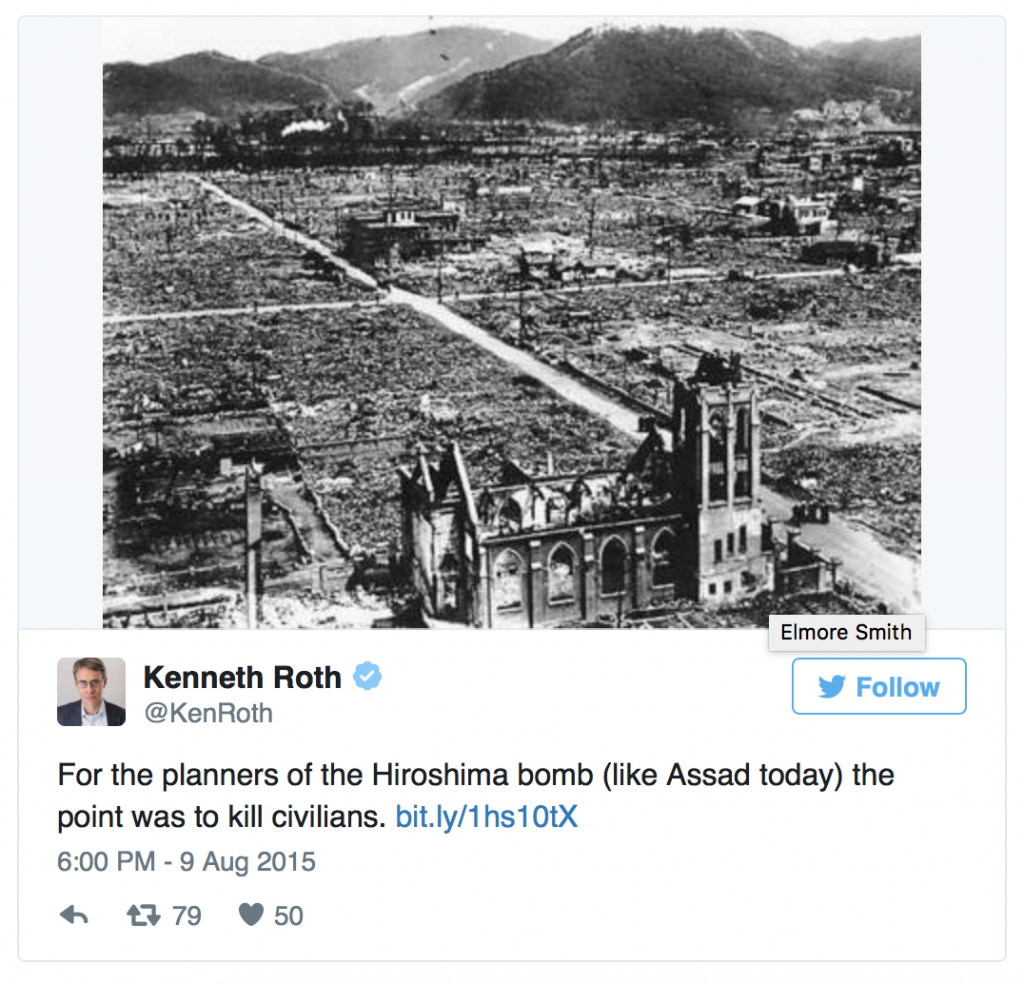






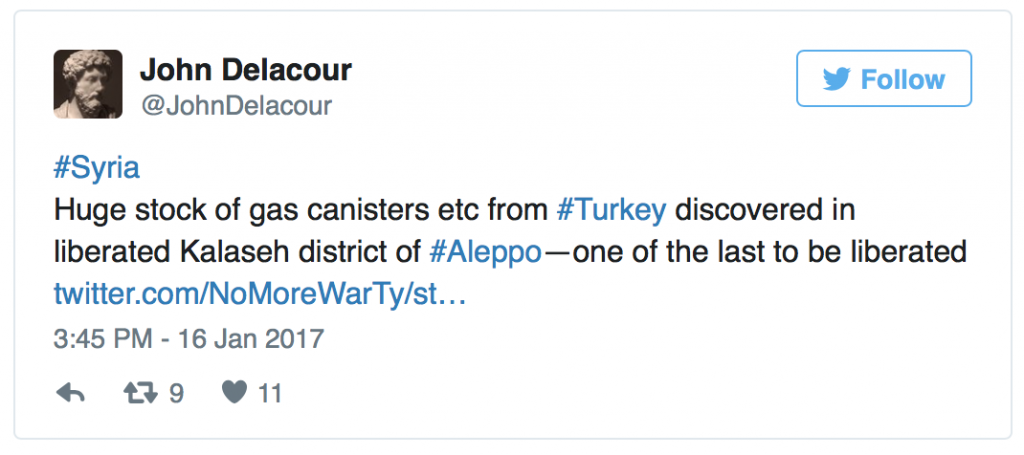






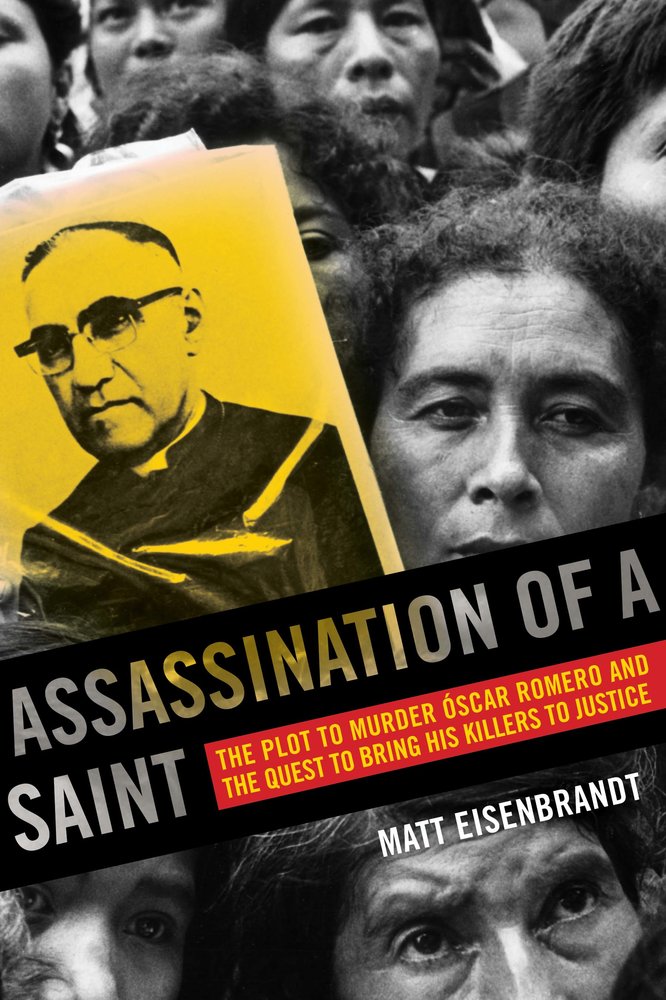
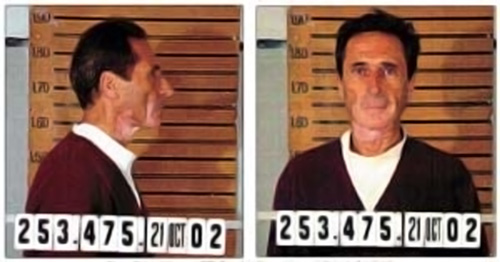
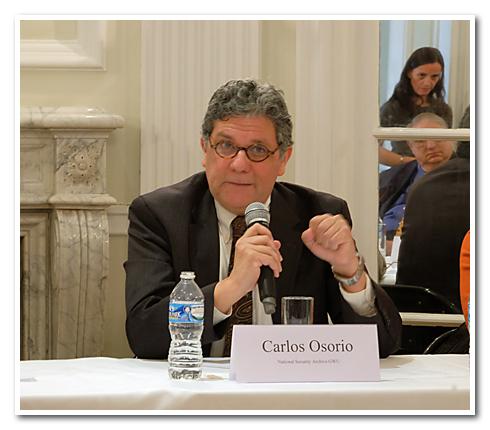




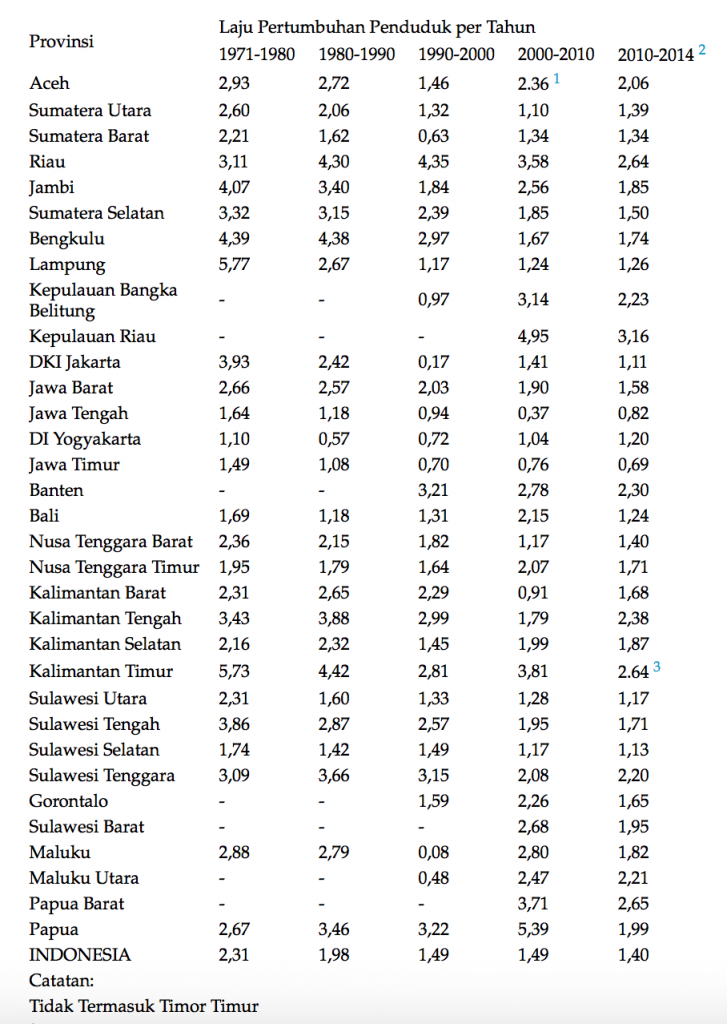





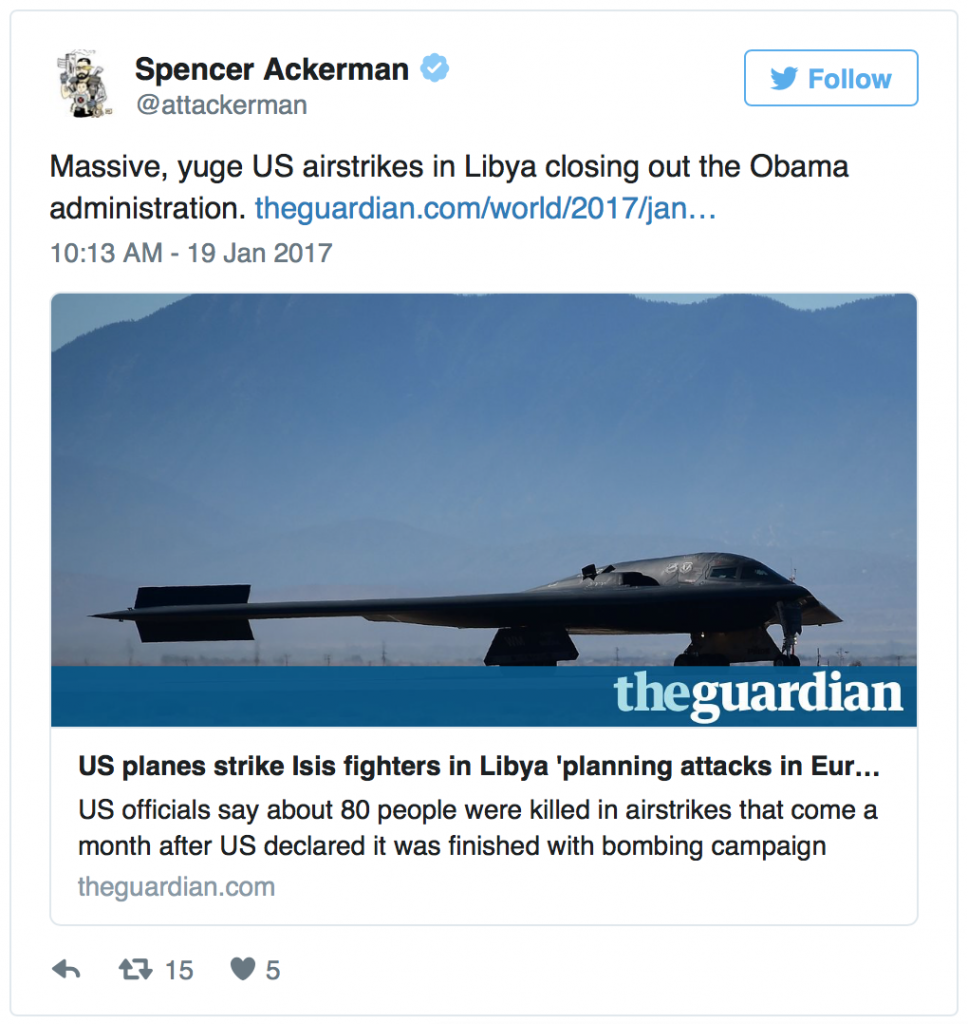




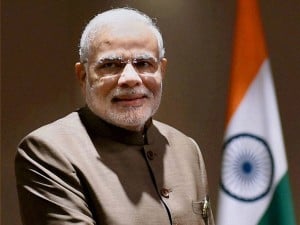




 (Image: U.S. National Snow & Ice Data Center)
(Image: U.S. National Snow & Ice Data Center)